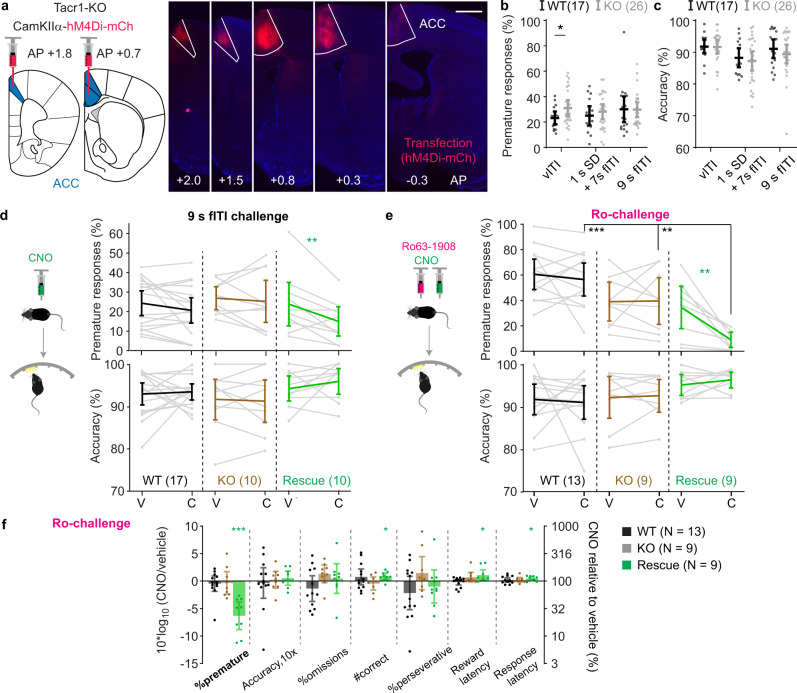Fig. 7. Activation of the Gi-cascade in pyramidal cells of the ACC reduces premature responding in a pharmacological model of impulsivity.
a Transfection of the ACC with a CamKIIα-hM4Di-mCherry vector (red) shown in different slices along the AP-axis (as indicated); scale bar, 1 mm. b Premature responding and c attentional accuracy in Tacr1-knockouts (KO, grey) and littermate wildtype controls (WT, black) in impulsivity-promoting challenges, as indicated: variable ITI (vITI), combined reduction of stimulus duration (1 s) and fixed-duration increase of ITI (7 s), and fixed ITI increase (9 s fITI). Note that only 15 WT participated in the vITI and combined challenge, only 25 KO participated in vITI and 9s-fITI challenge. d, e Premature responding and accuracy after injection of vehicle (V) or CNO (C) (d), and double-injections of Ro/Veh (V) or Ro/CNO (C) as indicated (f) during the vITI protocol in KO (brown), WT (black), or KO with hM4Di-transfection in the ACC (Rescue, green). Coloured asterisks indicate significant paired post-hoc comparisons (Sidak) within the indicated group; black asterisks on horizontal lines indicate significant within-drug difference between rescue and control groups (Sidak). Note that in e, premature responses, there is also a significant drug-group interaction and effect of group in overall RM-ANOVA, and a significantly lower impulsivity in both KO groups compared to WT under Ro/vehicle condition (Sidak), not indicated. f CNO-induced changes in the 5-CSRTT Ro-challenge measured as log10-transform of the within-subject ratio (value after CNO/value after vehicle) for relevant behavioural performance parameters on the 5-CSRTT are shown for the three groups as indicated in the legend; asterisks indicate one-sample t-test against 0. See Supplementary Tables 3, and 15, 16 for reasons for varying N-numbers across experiments, statistics, and absolute numbers of responses. N-numbers stated in each panel. Doses of 10 mg/kg CNO were used throughout. *P < 0.05; **P < 0.01; ***P ≤ 0.001; error bars, C.I.; individual dots or dot-lines represent subjects.

